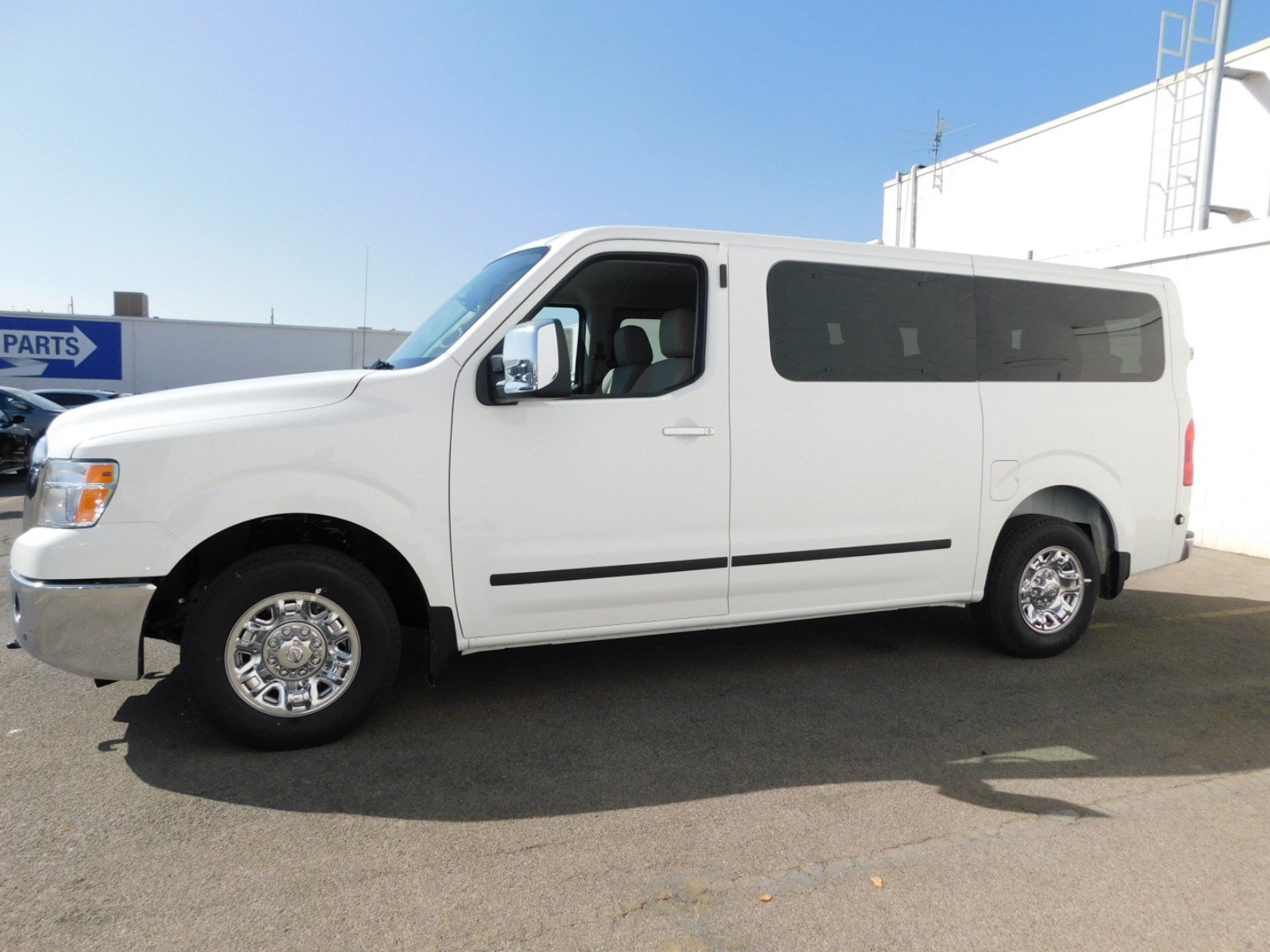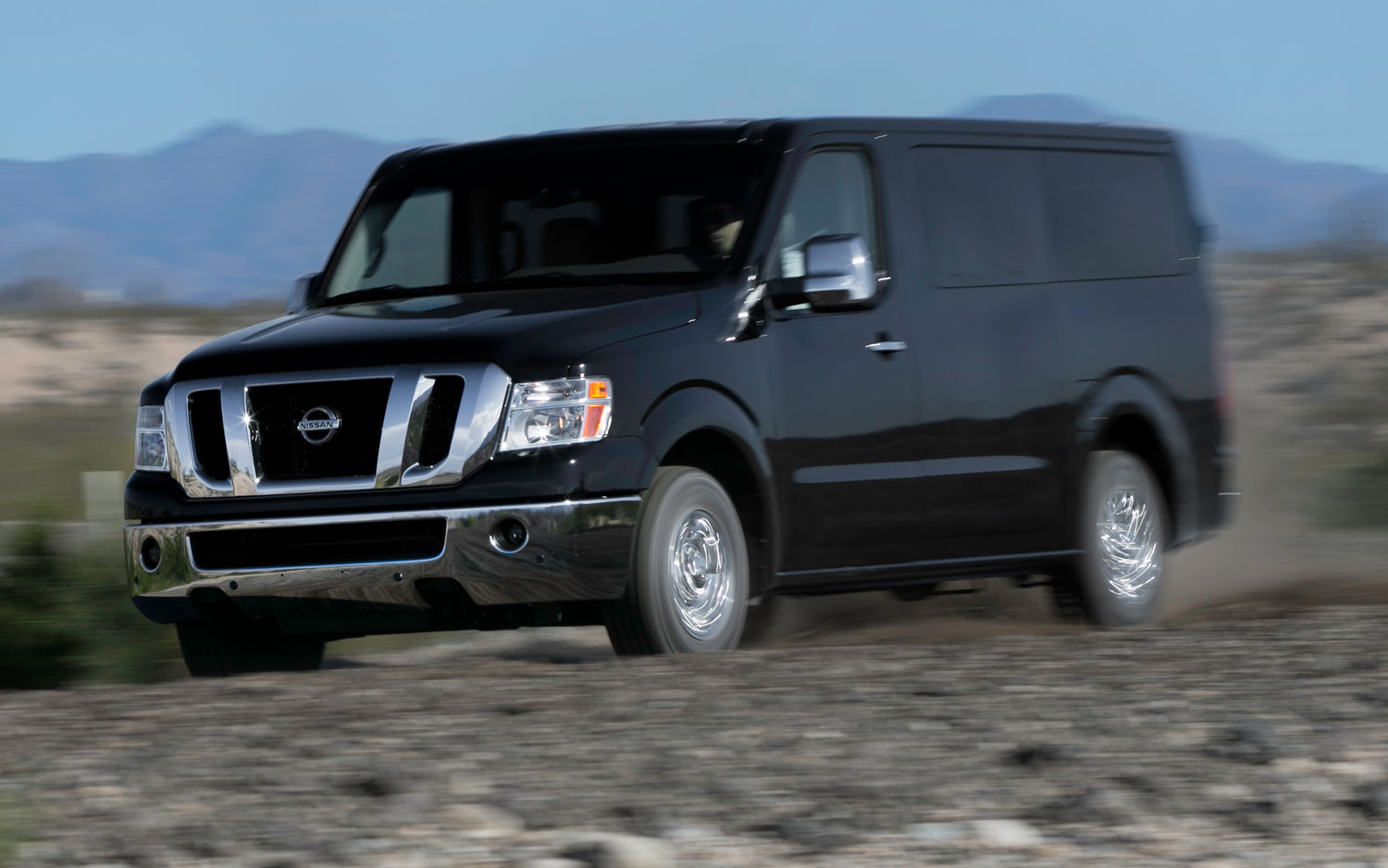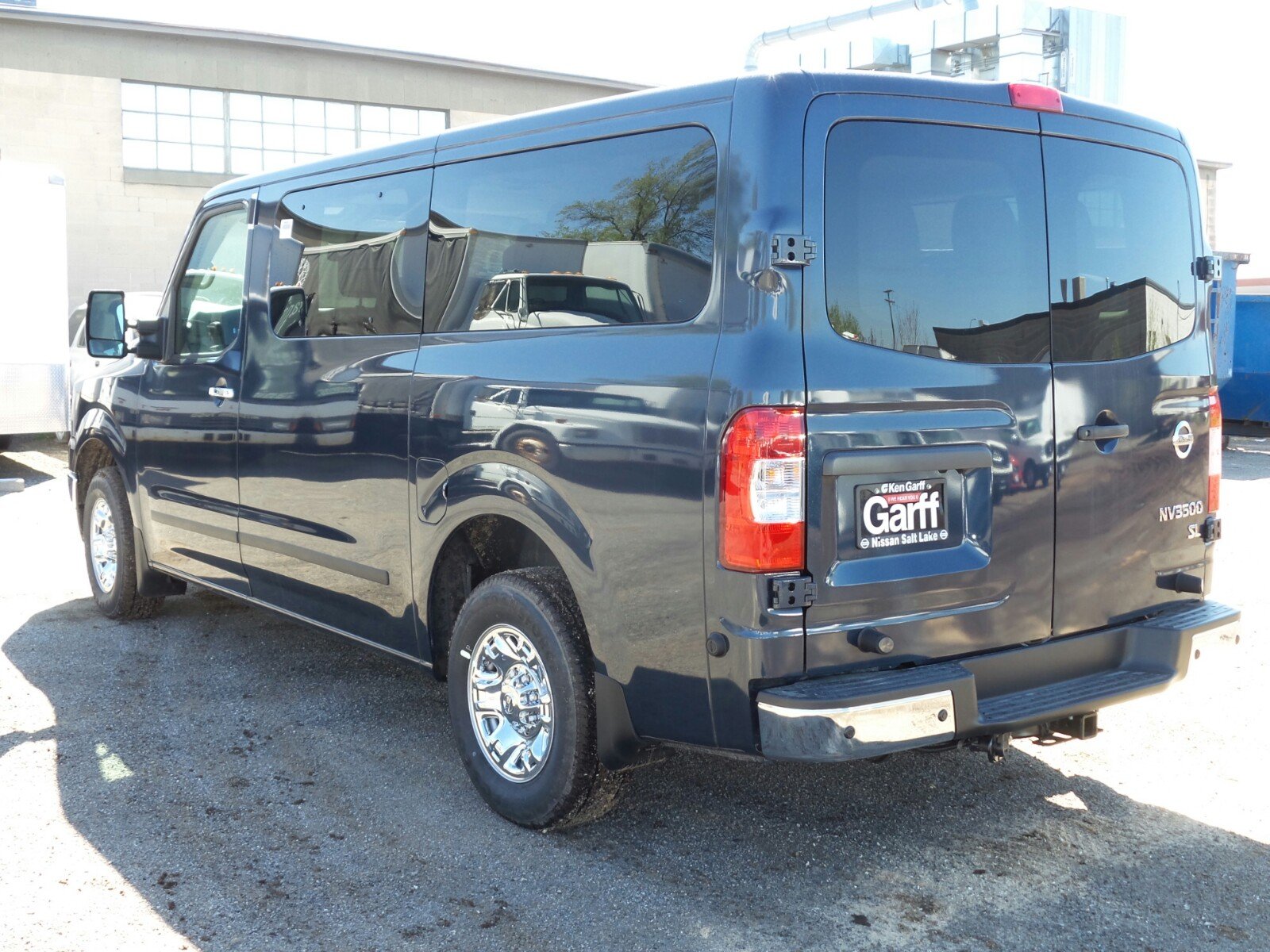

It’s mated to the Xtronic CVT, and when compared to the Nissan X-trail, the Qashqai provides a much more comfortable and smoother ride. The Qashqai we tested had a 2.0-litre petrol engine that produces 106 kW and 200Nm of torque. Dropping the rear seats down also opens up more options for transporting bulkier goods. Loading capacity behind the back seats is 430 litres of luggage room, which is ample for most drivers, and this edges over the Skoda Yeti which is a fairly impressive feat. The seating was comfortable and both entering and exiting the car should be an easy task for most. There was a reasonable amount of room for the rear passengers, but they aren’t as spoilt for space and other luxuries as the front seat passenger’s experience.


The centre console bin is a real goodie bag offering a USB port, an auxiliary audio input and a 12V socket. From the front seats you also get two sizable bottle holders and two centre cup holders and a 12V outlet. The seats were finished in a durable black cloth fabric, and the front seats are broad, ideal if you prefer that extra seat space. The cabin still felt relatively modern with its glossy black accents and grey trim accent panelling, and there was even an electric handbrake mounted just in front of the gear selector. The centre stack was easy to use, and being a NZ-new model, everything was clearly labelled in English, making it easy for us to navigate around.įrom the steering wheel controls, you’re able to adjust your stereo, cruise control, as well as answer or decline calls. That said, everything functioned well and it was nice to see the inclusion of a reverse camera to aid parking. The interior of the Qashqai is not bad for a car of this category, although by more modern standards the stereo screen felt a little on the small side at just five inches. The model also had regular halogen headlights which could be adjusted electronically, and standard fitment of daytime running lights which helped add increased curb appeal and safety. These protective accents give this SUV a more rugged appearance, however, the rest of the body panels and lines are otherwise smooth and streamlined. The same plastic panelling makes its way around the arches, on the lower sections of the doors and also onto the chin of the front bumper. It features a lower black plastic bumper portion in the rear, which looks to be quite durable when compared to the painted bumpers seen on a more premium model. The Qashqai came with 17-inch alloy wheels and a wide appearance when viewing it from the rear, thanks to the car’s pronounced haunches. We’re now starting to see an abundance of these on the used car market. The Qashqai originally came to the market with a good handful of variants, but the model we tested was the entry model from 2016 and held an attractive price point at that time of $35,990 (+ORC), making it appealing to business and fleet operators. In terms of SUVs, the Nissan Qashqai is rather handsome and far less polarising than the more standout Nissan Juke, which has always held a ‘love it or loath it’ appearance. The current model Qashqai was the ninth most popular new passenger car sold in 2020 in New Zealand, sitting just ahead of the Hyundai Tucson. Smart Charge – Intelligent Battery Charger.


 0 kommentar(er)
0 kommentar(er)
